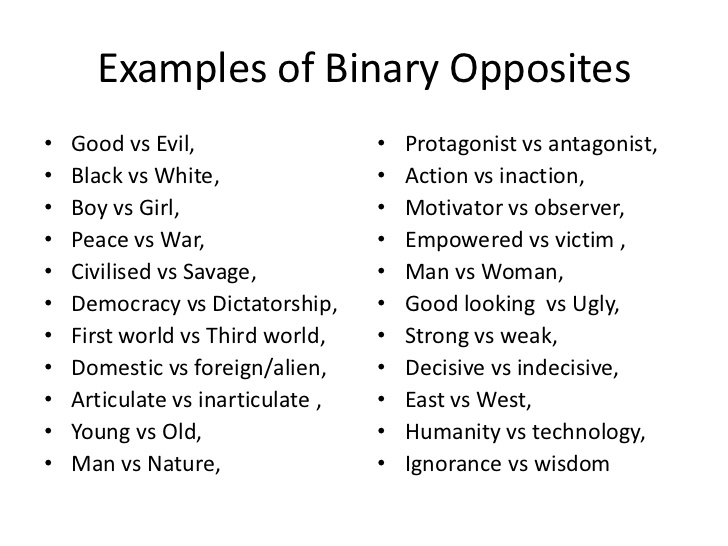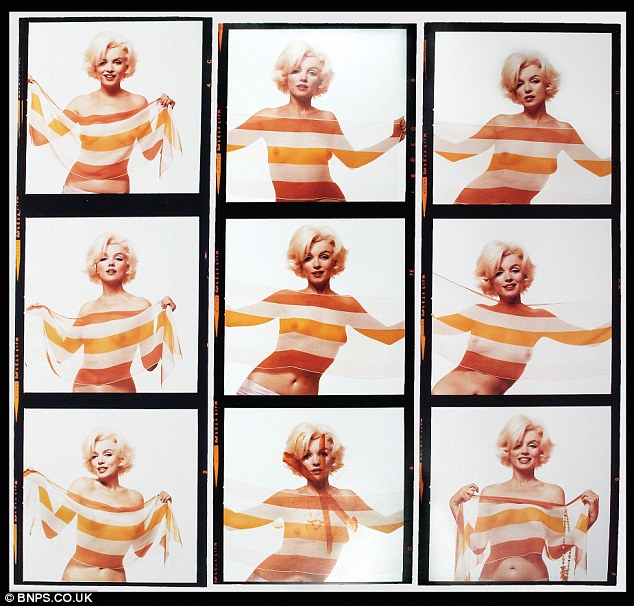Final Deadline for improving Coursework: MON 11 MARCH – Whole School!
Examination dates: 15 hrs controlled test over 3 days
Groups 13A / 13C – 7, 13 & 21 May
Group 13D – 8, 14 & 22 May
The Themes: ‘VARIATION and/or SIMILARITY’
Link to PLANNER for A2 EXAMINATIONS 2019
Assessment Objectives
You should provide evidence that fulfils the four Assessment Objectives:
AO1 Develop ideas through sustained and focused investigations informed by contextual and other sources, demonstrating analytical and critical understanding
AO2 Explore and select appropriate resources, media, materials, techniques and processes, reviewing and refining ideas as work develops
AO3 Record ideas, observations and insights relevant to intentions, reflecting critically on work and progress
AO4 Present a personal and meaningful response that realises intentions and, where appropriate, makes connections between visual and other elements.
Definition in dictionary:
VARIATION
- a change or slight difference in condition, amount, or level, typically within certain limits.
“regional variations in house prices”Synonyms: difference, dissimilarity, disparity, inequality, contrast, discrepancy, imbalance, dissimilitude, differential, distinction More
- a different or distinct form or version of something.
“hurling is an Irish variation of hockey”Synonyms: variant, form, alternative, alternative form, other form, different form, derived form, development, adaptation, alteration, modification, revision, revised version
“he was wearing a variation of court dress”
SIMILARITY
- the state of being almost the same, or a particular way in which something is almost the same:
“the similarity of symptoms makes them hard to diagnose” - a similar feature or aspect.
“the similarities between people of different nationalities”Synonyms: resemblance, likeness, sameness, similar nature, similitude, comparability, correspondence, comparison, analogy, parallel, parallelism, equivalence; interchangeability, closeness, nearness, affinity, homogeneity, agreement, indistinguishability, uniformity; community, kinship, relatedness; archaicsemblance
“the similarity between him and his daughter was startling”
Binary opposition
The exam themes of ‘VARIATION and/or SIMILARITY’ are a binary opposite – a pair of related terms or concepts that are opposite in meaning.
Binary opposition originated in Saussurean structuralist theory in Linquistics (scientific study of language) According to Ferdinand de Saussure, binary opposition is the system by which, in language and thought, two theoretical opposites are strictly defined and set off against one another. Using binary opposites can often be very helpful in generating ideas for a photographic project as it provides a framework – a set of boundaries to work within.

How to start – TASKS FOR H-TERM
- Read the Exam Paper and Exam Planner thoroughly, especially pages pages 3-5 and page 24-27 which details specific starting points and approaches to the exam theme – make notes! Look up the word in the dictionary, synonyms and etymology (the study of the origin of words and the way in which their meanings have changed throughout history.)
- Brainstorm your idea and research artists listed – look also at starting points in other disciplines e.g. Fine Art and Graphic Communication etc.
- Begin to gather information, collect images, make a mood-board and mind-map,
- Make plans for photoshoots and write a specification.
- Produce at least ONE PHOTO-SHOOT over H-Term as a response to tasks listed below and initial research and ideas.
- You must show evidence of the above on your blog– complete at least 4-5 blog posts.
| Each week you are required to make a photographic response (still-images and/or moving image) that relates to the research and work that you explored in that week. Sustained investigations means taking a lot of time and effort to produce the best you can possibly do – reviewing, modifying and refining your idea and taking more pictures to build up a strong body of work with a clear sense of purpose and direction |
Preparatory Supporting Studies (Blog posts) – 8 weeks of lessons + 2 weeks Easter Break:
Prior to the timed examination you must produce and submit preparatory supporting studies which show why and how the supervised and timed work takes the form it does. You must produce a number of blog posts 25-40 that charts the development of your final piece from conception to completion and must show evidence of:
- Research and exploration of your ideas
- Recorded your experiences and observations
- Analysis and interpretation of things seen, imagined or remembered
- Experimentation with materials, processes and techniques
- Select, evaluate and develop ideas further through sustained investigation
- Show connections between your work and that of other artists/ photographers
Controlled Exam 15 hrs over three days: (Final Outcome)
This time is for you to fine tune and adjust your final images for print using creative tools in Lightroom/Photoshop and/or complete a final edit of your photobook, film or video in Premiere. Your final outcome(s) must be presented in a thoughtful, careful and professional manner demonstrating skills in presenting work in either window mounts, picture frames, foam-board, and/ or submit pdf of photobook, or embed (from Youtube upload) moving image and video based production to the blog.




